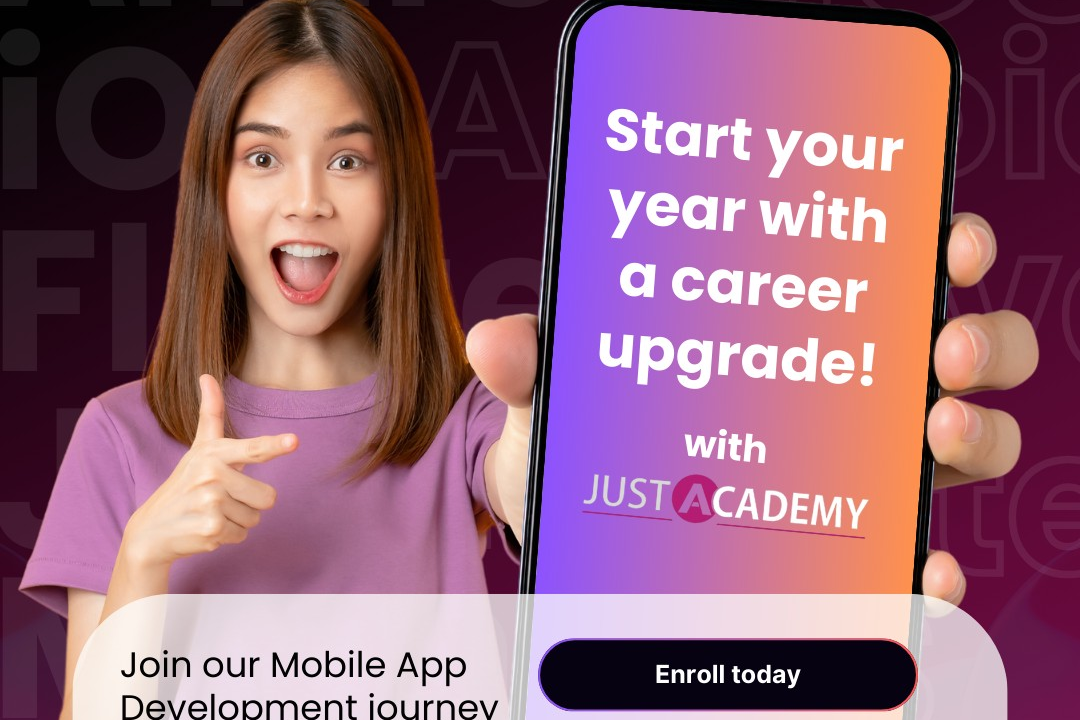iOS App Deployment Strategies
Optimizing iOS App Deployment: Strategies for Success
iOS App Deployment Strategies
iOS app deployment strategies encompass various methods for distributing applications to users, tailored to different use cases and market needs. The primary strategies include the App Store, which allows developers to reach a wide audience through Apple's official marketplace with a thorough review process; TestFlight, a beta testing platform that enables developers to distribute pre-release versions of their apps to a select group of testers for feedback; and enterprise deployment, where companies can distribute proprietary apps internally without going through the App Store. Additionally, developers might utilize ad-hoc distribution for limited testing beyond the App Store's constraints, or custom app deployment through Apple Business Manager for specific organizations. Each strategy involves considerations related to audience reach, testing, compliance, and user management, ensuring that apps are effectively delivered to their intended users.
To Download Our Brochure: https://www.justacademy.co/download-brochure-for-free
Message us for more information: +91 9987184296
1 - App Store Deployment: Release the app through the Apple App Store, ensuring it meets Apple's guidelines. This is the most common method for distributing apps to a wide audience.
2) Beta Testing with TestFlight: Use TestFlight to distribute beta versions of your app. This allows you to gather feedback from testers before the final release, improving app quality.
3) Ad Hoc Distribution: Create an ad hoc version of the app for testing on specific devices. You register the UDIDs of devices in the Apple Developer account to allow installation.
4) Enterprise Distribution: For organizations, use an enterprise distribution method to deploy apps internally within the organization without going through the App Store.
5) App Thinning: Optimize the app size using app thinning techniques like slicing and on demand resources, which reduces download size and improves user experience.
6) Over the Air (OTA) Distribution: Host the app on a server and allow users to download it through a link, enabling quick updates without needing to go through the App Store.
7) Continuous Integration/Continuous Deployment (CI/CD): Integrate CI/CD practices to automate the process of building, testing, and deploying apps, ensuring quick iterations and feedback loops.
8) Versioning and Build Management: Implement a systematic approach to version your app properly. Use semantic versioning to keep track of changes and maintain a consistent release cycle.
9) User Acceptance Testing (UAT): Involve end users in testing the app’s final versions to ensure it meets their needs and expectations before a full release.
10) Phased Release: Consider releasing your app to a small percentage of users initially to monitor performance and gather feedback before a full scale launch.
11) Cross Platform Compatibility: Plan for cross platform compatibility to ensure your iOS app can function well on various devices and adapt to different screen sizes.
12) Performance Monitoring Post Deployment: Utilize tools like Firebase or New Relic to monitor app performance and crash reports after deployment for ongoing improvement.
13) User Feedback Channel: Establish a channel for users to provide feedback easily. This can be through the app itself or via social media, ensuring continuous improvement.
14) Marketing and User Acquisition Strategies: Develop a marketing plan that includes social media, influencers, and app store optimization (ASO) to attract users to your app.
15) Privacy and Compliance Checks: Ensure that the app complies with regulations such as GDPR or CCPA before deployment, protecting user data and enhancing trust.
16) Documentation and Support: Provide comprehensive documentation and customer support resources to help users navigate the app and troubleshoot common issues.
These strategies can help students understand the various approaches to deploying iOS apps effectively and can serve as a basis for discussions, case studies, and practical applications during the training program.
Browse our course links : https://www.justacademy.co/all-courses
To Join our FREE DEMO Session: Click Here
Contact Us for more info:
Java Scripting API
FLUTTER TRAINING in Siliguri
iOS Industry Certifications
Flutter Best Resources
Java framework comparisons











